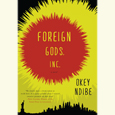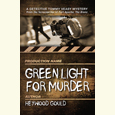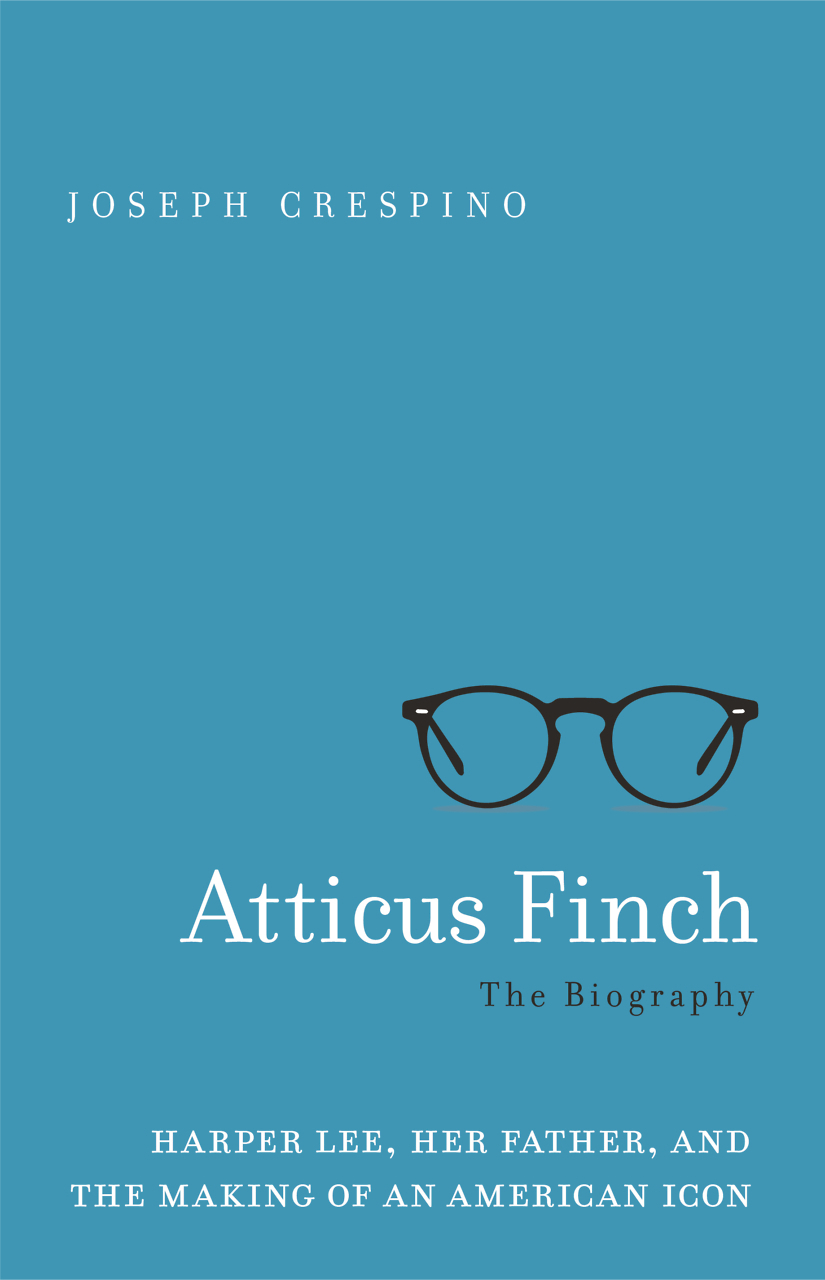From Fur Traders to Chart Toppers
Hidden History of Music Row dives into the history of Nashville’s most iconic neighborhood
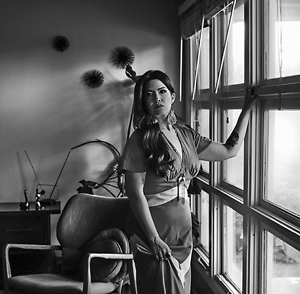
If you’ve lived in Nashville for any time, it’s likely that you’ve heard one of its fur-trading founders lived in a cave. You’ve read that Kris Kristofferson used to tend bar somewhere down on Music Row and that songwriters used to pop by their publishers without appointment, casually writing chart toppers with the country icons who just happened to be sitting around. But the lore of country music’s heyday can be a lot like fish stories: It’s hard to tell what’s true and what’s just a good story. In Hidden History of Music Row, authors Brian Allison, Elizabeth Elkins, and Vanessa Olivarez offer an accurate, engaging history of Nashville’s most iconic neighborhood (complete with instructions on how to find that famous cave).
Hidden History defines the geographic boundaries of Music Row as “the arrowhead-shaped neighborhood stretching from Wedgewood Avenue and Belmont University on the southside to Broadway and Interstate 40 on the north, with Villa Place as an eastern boundary and Broadway or 18th Avenue as a western one, excluding the intrusion of Vanderbilt University.” This precedent for clarity continues throughout the book, which reads like a Writers Round, with alternating chapters that showcase each author’s expertise.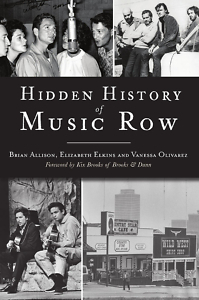
Elizabeth Elkins, a songwriter and one-half of the duo Granville Automatic, kicks off the book with a chapter on Timothy Demonbreun, the subject of her forthcoming book, Your Cheatin’ Heart: Timothy Demonbreun and the Politics of Love and Power in Nascent Nashville. She offers plenty to think about the next time you hear the name of the Nashville street.
Elkins opens with a puzzling hypothetical: “It’s rumored that Hank Williams lived right off Demonbreun Street, at the corner of Division Street and 17th Avenue. When he wrote ‘Your Cheatin’ Heart,’ did he realize that the whole darn city of Nashville began with one heck of a cheating story?” She goes on to describe Jacques-Timothée Boucher, Sieur de Montbrun (anglicized as Demonbreun), as “the son of French Canadian near-royalty and brother of two nuns, a spoiled child who did what he wanted, a classic case misogynist and polygamist, a conceited adventurer.”

He was also a slave owner, tavern manager, fur trader, landowner, and cave dweller. The directions for finding the cave where he lived with his second wife (near Shelby Park) are included. Elkins’ account of Demonbreun’s life gives readers a feel for the frontier-like wilds of early Nashville. Today’s Broadway experience doesn’t come close (even with the bachelorette parties).
Writer and historian Brian Allison’s contributions range from antebellum history to true crime. In his chapter entitled, “Music City Nocturne,” Allison covers history’s impact on the neighborhood’s property values and the terrifying crime spree that rocked Music Row in the 1960s.
The grand turn-of-the-century homes in the area fell into disrepair after the Great Depression, drawing struggling musicians, medical workers, and blue-collar laborers to newly affordable rents. In 1972, the Nashville Housing Authority survey found that out of 452 residential/nonresidential buildings in the Row, 409 were considered deficient. Neighbors lived in relative safety until the violent crimes of Tennis Shoe Man began. This string of murders, brutal assaults, and stabbings spanning a two-year period shocked Nashvillians. No one was safe — not even children. Not every crime in this spree was solved, leaving an open invitation to further research for readers who love cold cases.
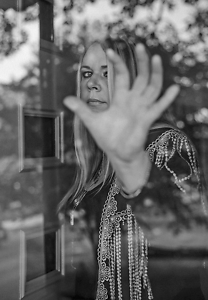
Vanessa Olivarez, songwriter and the other half of Granville Automatic, covers the ghosts of honky-tonks past in her chapter “Pop-a-Top: Tales from Dives and Honky-Tonks.” Olivarez traces the evolution of the Tally Ho Tavern which became Kathy Jones’ Kountry Korner, a much beloved dive where young Kris Kristofferson both tended bar and performed. Johnny Cash, Tompall Glaser, Bob McDill, and Brenda Lee were all seen taking solace from the pressures of the music industry at Kountry Korner. In segments on The Professional Club, Maude’s Courtyard, and the beloved Bobby’s Idle Hour, Olivarez details the proprietors and celebrity regulars who made some of these bars as famous as the stars themselves.
Whether your Music Row interest lies in its early beginnings, the birth of Outlaw Country, or country’s ascent to platinum hits in the 90s, Hidden History gives shape to the hard-to-pin-down ethos of this magnetic place. For those who didn’t live it, the book’s collage of essay, interview, and personal narrative is about as close they’ll get to the Row of the past. For those who did live it, this book’s historical narrative is a fitting tribute to what’s been left behind.
[CORRECTION: An earlier version of this article described Bobby’s Idle Hour as defunct. The bar closed in January 2019 but reopened to customers in December 2020 at a new location on Music Row.]

Sarah Carter is a freelance writer living in Nashville. She holds an M.F.A. in creative writing from the Sewanee School of Letters.
